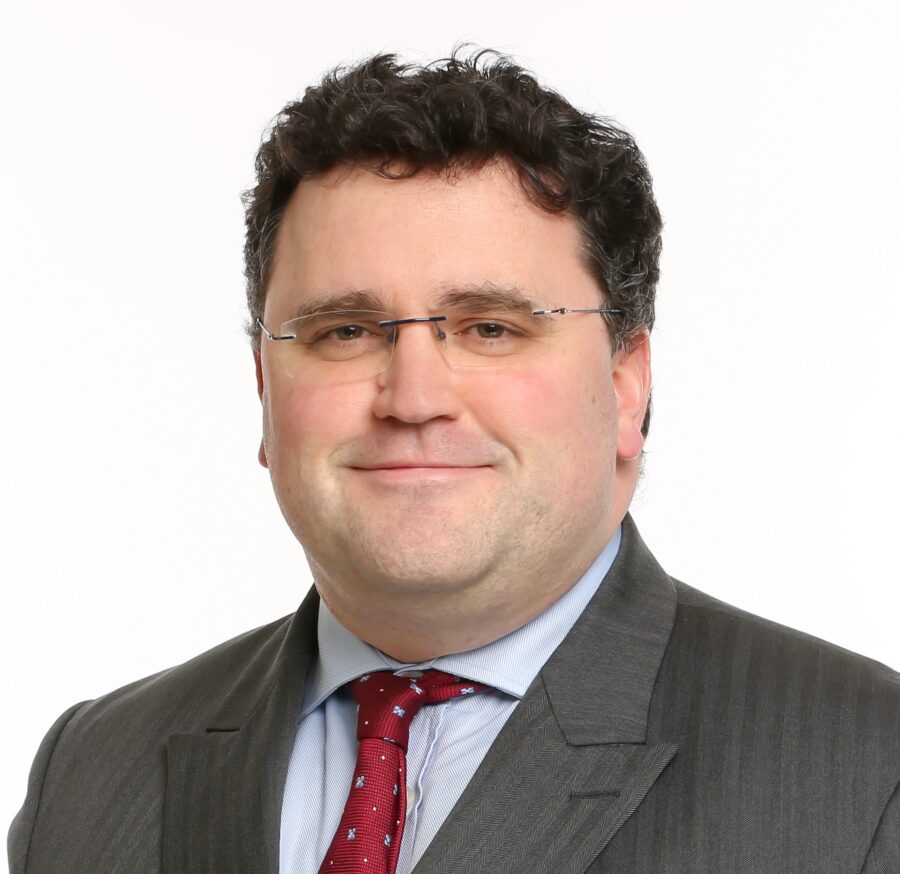Looking backwards to move forwards: a planning stocktake
The 17 months since Lockdown 1.0 have been extraordinary, challenging and emotional for everyone. Whether we are slowly emerging into bright sunlit uplands is a matter for debate but the establishment of a ‘new normal’ and a slight lull in activity that accompanies the summer holidays seemed as good a time as any to ask my colleagues in the Kings Chambers Planning Section for their thoughts on the most significant changes they have experienced in the planning system as a result of the Covid-19 pandemic.
New toolkit
The introduction of video technology has represented a seismic shift in the way we do business, so it is unsurprising that this was a focus of many comments.
 Paul Tucker QC, Head of Chambers, has “no doubt that the use of VT would have started to creep in had the pandemic not happened, but it is undoubtedly now part of our everyday toolkit. Back in the early part of lockdown a distinguished friend said that we had gone to sleep in 2020 and we will wake up and find ourselves 10 years in the future in our use of tech. My scepticism about that view has waned, and I do not now underestimate just how revolutionary the effects of these changes will be upon traditional land use planning, whether the process of appeals or the future of city centre offices and retail.”
Paul Tucker QC, Head of Chambers, has “no doubt that the use of VT would have started to creep in had the pandemic not happened, but it is undoubtedly now part of our everyday toolkit. Back in the early part of lockdown a distinguished friend said that we had gone to sleep in 2020 and we will wake up and find ourselves 10 years in the future in our use of tech. My scepticism about that view has waned, and I do not now underestimate just how revolutionary the effects of these changes will be upon traditional land use planning, whether the process of appeals or the future of city centre offices and retail.”
New audiences
Anthony Gill sees two particular benefits of the new virtual world with increased participation being a key advantage.

“It has been notable in both the Examinations in Public and appeals I’ve undertaken that younger people have been able to get involved and make their views known. We can only welcome this; we should want the spectrum of people making representations on planning matters to reflect the population who will live with, live in and use the developments themselves.”
Anthony’s view aligns very much with the Planning Inspectorate’s desire to significantly increase participation in terms of numbers and diversity. On this evidence at least, it seems to be working.
According to Anthony there are benefits for planning professionals too: “The pandemic has shown across many sectors how partial we’ve been to presenteeism. It is not sustainable to have planning consultants crossing the country to make three-minute presentation. Frankly it’s a little concerning if your barrister thinks their intimidating physical presence across the room from a planning witness changes the course of cross examination!”
New frontiers
For John Barrett, the digitisation of the planning system is not perfect but it seems that it’s here to stay:
 “The most significant change in the planning world over the last 12 months is the rapidity that all those involved embraced technology in order to maintain momentum. It is nothing short of astounding that our existing computers, laptops and phones morphed from being essentially word processors and message boxes into the virtual means by which we continued to communicate directly, virtually ‘face to face’ and engage in the processes of the planning system. A possible downside is that there may be a cohort of the population that are genuinely without access to the technology but the ability to make known their position was maintained. Virtual events have worked remarkably well – so successful that it is realistic to think that the technology will continue to be used and even expand. The advantages in being able to work from home and remain fully engaged provided a huge sustainability bonus. Importantly, there appears to be no evidence that the quality of decision-making has suffered.
“The most significant change in the planning world over the last 12 months is the rapidity that all those involved embraced technology in order to maintain momentum. It is nothing short of astounding that our existing computers, laptops and phones morphed from being essentially word processors and message boxes into the virtual means by which we continued to communicate directly, virtually ‘face to face’ and engage in the processes of the planning system. A possible downside is that there may be a cohort of the population that are genuinely without access to the technology but the ability to make known their position was maintained. Virtual events have worked remarkably well – so successful that it is realistic to think that the technology will continue to be used and even expand. The advantages in being able to work from home and remain fully engaged provided a huge sustainability bonus. Importantly, there appears to be no evidence that the quality of decision-making has suffered.
The upshot? “The changes that were made to respond to Covid are now embedded and I really do not see that they will be set aside.”
Old worlds
Constanze Bell provided a lovely switch of emphasis that planners and non-planners will readily recognise:

“Lockdown has enabled many of us to appreciate and explore our local heritage assets. On the world stage there has been joy and disappointment in the heritage sector. In June UNESCO stripped Liverpool of its World Heritage status. UNESCO hasalso recommended placing Stonehenge on its list of ‘world heritage in danger’ in 2022, following concerns that the proposed A303 road tunnel would irreversibly damage the area of outstanding universal value. Welcome good news for UK heritage emerged on 28 July 2021 with UNESCO announcing that the slate landscape of north west Wales had been awarded world heritage status. The landscape’s uniqueness is recognised in the acknowledgment that the slate from Snowdonia in Gwynedd “roofed the 19th Century world.”
New definitions
It is but a short stroll from the enjoyment of historic buildings and landscapes to the extremely hot topic of beauty. Philip Robson had a few things to say on the subject:

“Beauty is not, it turns out, in the eye of the beholder. It is in locally set “design guides or codes consistent with the principles set out in the National Design Guide and National Model Design Code, and which reflect local character and design preferences”. Who knew? Beauty was one, if not the, most eye-catching change to the NPPF in 2021. Nobody is quite sure what it means yet. Expect much wrangling over the coming months and years as each local planning authority consults upon the design guides and codes they must put in place. The intention is that this produces more ‘beautiful’ places. The concern is who judges what is ‘beautiful’ and, fundamentally, will it leave space for innovation and challenging architecture? I hope so.”
Vital changes
Mark Howells’ attention was drawn to the recent amendments to Planning Practice Guidance which are intended to ensure that the planning system has a role to play in ensuring that tragedies such as the

Grenfell Disaster never happen again. From 1 August 2021, residential and educational developments of 18m or higher must be accompanied by a fire statement addressing all fire safety considerations. Additionally, the Health and Safety Executive will become a statutory consultee for many applications for high rise buildings. As Mark so rightly puts it: “one can only hope these measures will go some way to reducing the risk of tragedies like Grenfell happening again”.
For my part, one of the most revelatory aspects of our Covid-19 lives has been that kindness and mutual support have almost always shone through. Members of our Planning Section have been in regular contact with each other, have worked together on various webinars and articles and have embedded a culture of ‘we’re in this together’. In a profession that can occasionally feel like a solitary endeavour, this increased sense of collegiality is a wonderful and uplifting offshoot of the pandemic.
Organised by Jonathan Easton from contributions by Paul Tucker QC, John Barrett, Anthony Gill, Philip Robson, Constanze Bell and Mark Howells
Selected industry experts bring you insight and expert advice, across a range of sectors.
Subscribe for free to receive our fortnightly round-up of property tips and expertise
Selected industry experts bring you insight and expert advice, across a range of sectors.
Subscribe for free to receive our fortnightly round-up of property tips and expertise



